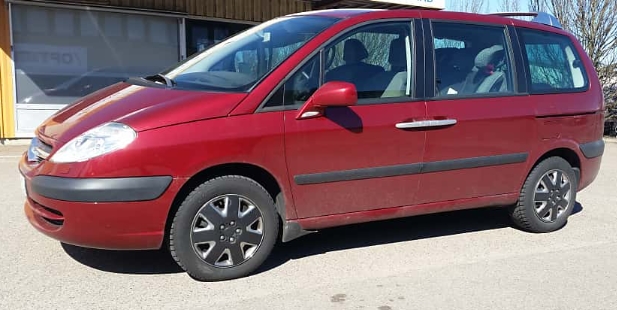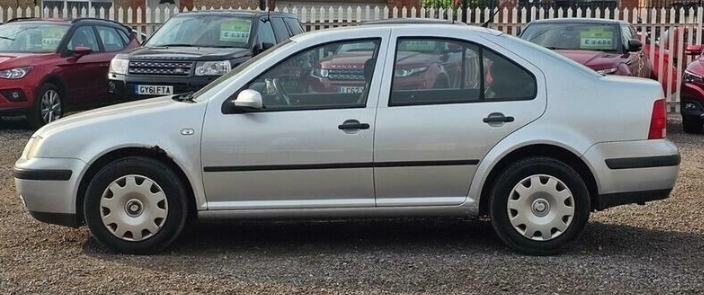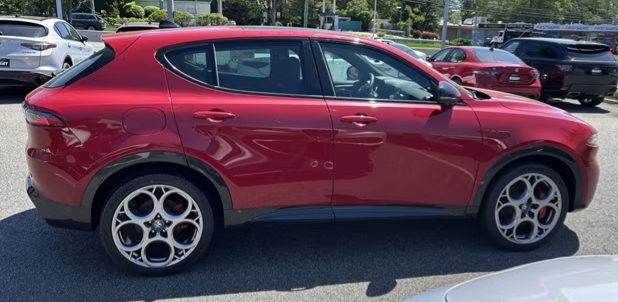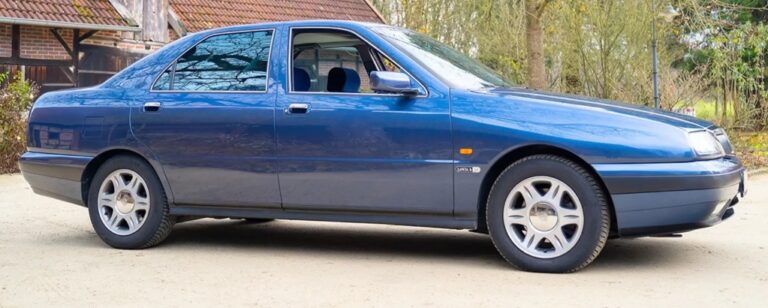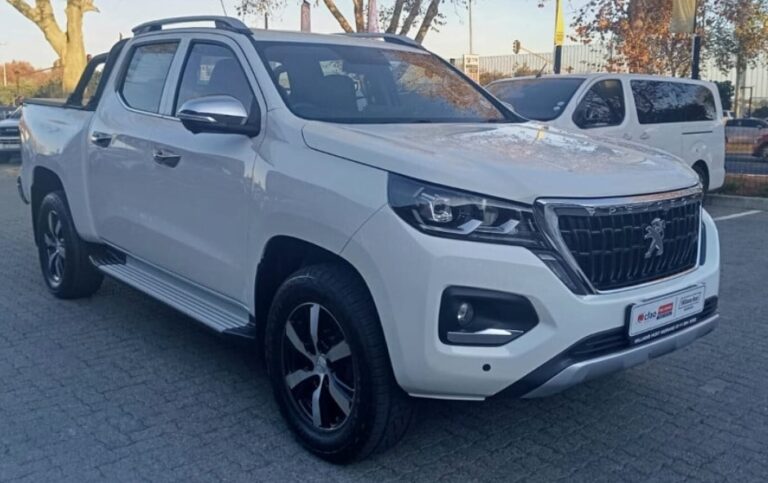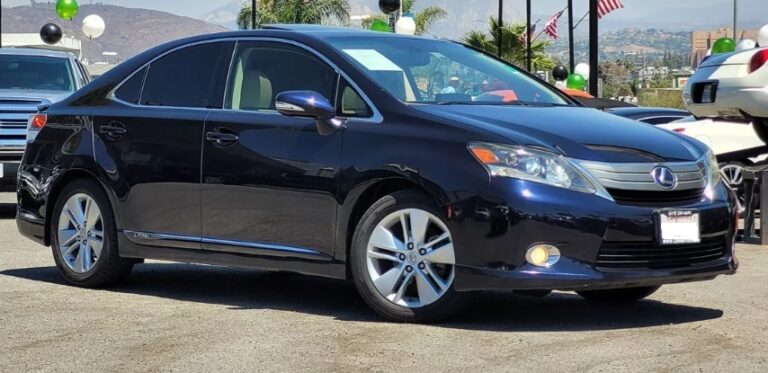The Gentle Giant: Charting the Evolution of the Citroën C8
In the annals of automotive history, some vehicles are remembered for their blistering speed, others for their revolutionary design, and a select few for their unyielding dedication to a single, noble purpose. The Citroën C8 belongs firmly in the latter category. A product of the early 21st century’s peak MPV (Multi-Purpose Vehicle) era, the C8 was not a car you bought to impress the neighbors, but one you chose to serve your family. It was a cavernous, comfortable, and supremely practical machine, a rolling living room designed to swallow luggage, children, and the chaos of family life with a serene Gallic shrug. Its evolution from 2002 to 2014 charts the golden age and subsequent decline of the large MPV segment, a story of collaboration, practicality, and adaptation.
The Genesis: A Pan-European Project
The Citroën C8 did not emerge from a vacuum. It was the second generation of the hugely successful “Eurovan” joint venture, a collaboration between the PSA Group (Peugeot and Citroën) and the Fiat Group (Fiat and Lancia). The first generation, launched in 1994, gave the world the Citroën Evasion (Synergie in the UK), Peugeot 806, Fiat Ulysse, and Lancia Zeta. These vehicles proved that a van-like vehicle could offer car-like comfort and driving dynamics, and families across Europe flocked to them.
By the turn of the millennium, the market demanded a successor that was larger, safer, more technologically advanced, and more stylish. The result was the second-generation Eurovan platform, which debuted at the 2002 Geneva Motor Show. This single platform spawned four distinct vehicles: the Citroën C8, the Peugeot 807, the Fiat Ulysse, and the Lancia Phedra. While they shared the same basic architecture, chassis, and drivetrain options, each manufacturer was given latitude to imbue its version with a unique identity. For Citroën, this meant a focus on comfort, innovative features, and a friendly, distinctive design language.
The Launch Phase (2002 – 2008): Maximum Space, Maximum Choice
The Citroën C8 hit showrooms in June 2002, immediately distinguishing itself from its siblings with its bold front-end styling. It featured large, expressive headlamps and the iconic double-chevron grille that was a hallmark of Citroën’s design language at the time. Its most defining features, however, were its enormous side windows and, most critically, its vast, electrically-operated sliding rear doors. This single feature made the C8 a hero in tight car parks, allowing children to clamber in and out without the risk of dinging adjacent vehicles.
Inside, the C8 was a masterpiece of modularity and space. The dashboard was futuristic for its time, with a centrally mounted digital instrument cluster that freed up the driver’s direct line of sight. The gear lever was mounted high on the dashboard, creating a walk-through cabin. But the real magic was in the seating. The C8 could be configured with seven or eight individual, full-size seats, each of which could be folded, reclined, or removed entirely. This allowed for an almost endless combination of passenger and cargo configurations, from a seven-person taxi to a veritable van capable of swallowing furniture.
Initial Trim Levels and Models:
Upon its UK launch, the C8 was offered in a clear, three-tier trim structure, a common strategy for Citroën at the time.
LX: This was the entry-point into C8 ownership. It was far from spartan, equipped with the essentials for family life. Standard features included air conditioning, remote central locking, front electric windows, a CD player, and a comprehensive safety package with multiple airbags and ABS. It typically ran on steel wheels with plastic trims. The LX was aimed at the budget-conscious family or fleet buyer who needed maximum space for minimum outlay.
SX: The mid-range SX was the likely best-seller, striking a balance between features and cost. It built upon the LX specification by adding crucial upgrades like automatic digital climate control (often with separate controls for the rear), alloy wheels, roof rails, rear electric windows, and automatic headlights and wipers. The SX often featured additional storage cubbies and sun blinds for the rear windows, enhancing its family-friendly credentials.
Exclusive: As the name suggests, this was the flagship model, showcasing the best the C8 had to offer. The Exclusive was a truly luxurious people carrier. Its standout feature was the standard fitment of electric sliding side doors, a significant convenience. It also came with cruise control, rear parking sensors, an upgraded Alcantara or full leather upholstery, and sometimes “captain’s chairs” for the front two rows, which could swivel 180 degrees to face the rear passengers when stationary. It was the ultimate expression of the C8 as a comfortable long-distance cruiser.
Initial Engine Lineup (2002):
The engine range was comprehensive, offering a choice of petrol and, more popularly, diesel power.
2.0i 16v Petrol: A 136 bhp four-cylinder petrol engine, offering adequate performance for general duties. It was available with a 5-speed manual or a 4-speed automatic transmission.
2.2i 16v Petrol: A more powerful 158 bhp unit that provided better acceleration and load-lugging ability, though at the cost of fuel economy.
3.0i V6 Petrol: Topping the range was a smooth 204 bhp V6, exclusively paired with an automatic gearbox. Found only in the Exclusive trim, it offered effortless performance but was a niche choice due to its high running costs.
2.0 HDi Diesel: The backbone of the range. Initially offering 109 bhp, this engine provided excellent torque and fuel economy, making it the default choice for most families.
2.2 HDi Diesel: A more sophisticated 128 bhp diesel engine featuring a particulate filter (FAP). It offered a significant boost in performance over the 2.0 HDi without a major fuel economy penalty, making it the premium diesel choice.
The Mid-Life Refresh and Consolidation (2008 – 2014)
By 2008, the large MPV market was beginning to feel the pressure from more compact MPVs and the burgeoning SUV segment. In response, Citroën gave the C8 a mid-life facelift to keep it competitive. The changes were subtle, reflecting a light touch-up rather than a radical overhaul.
The exterior was updated with a more prominent chrome grille, larger chevrons, and slightly revised colour and trim options. Inside, the materials were given a quality lift, with improved plastics and more modern upholstery choices. The core strengths of space and modularity remained untouched.
The more significant changes occurred under the bonnet, driven by the need to meet stricter Euro 5 emissions standards and improve performance and efficiency.
Updated Engine Lineup (Post-2008):
The petrol engines, never strong sellers in this segment, were gradually phased out in most markets, including the UK. The focus shifted entirely to the HDi diesel units.
2.0 HDi 120: A revised 2.0-litre unit now producing 120 bhp and paired with a 6-speed manual gearbox, improving both performance and motorway cruising economy.
2.0 HDi 136: A more powerful version of the same engine, offering 136 bhp and a healthy amount of torque. It became the sweet spot in the revised range and was also available with a 6-speed automatic transmission.
2.2 HDi 170 Bi-Turbo: The new range-topping engine was a sophisticated 2.2-litre twin-turbocharged diesel producing an impressive 170 bhp. This engine provided the C8 with effortless, car-like performance, making it an exceptional long-distance tourer capable of carrying a full load with ease.
Trim Level Evolution:
The trim level structure largely remained the same (SX and Exclusive became the mainstays as the LX was phased out), but the standard equipment was enhanced. Bluetooth connectivity and USB ports began to appear, acknowledging the changing technological landscape. A special edition, the “Airdream+,” was often offered, bundling popular features like satellite navigation and enhanced interior trim at a competitive price point.
A final, very minor update occurred around 2012, primarily to ensure engine compliance with the latest emissions regulations. The visual changes were limited to new badging, but by this point, the C8’s production was winding down.
.
MANY auto lovers not only spend time in their garages to tinker on their autos, but have other projects going on in there as well. Wood working is a popular pastime for the creative type of individual. Not sure what to make next? Or thinking about getting into this kind of hobby? There’s lots of possibilities… Here’s some of them…

.
The End of an Era and the C8’s Legacy
In 2014, after a commendable 12-year production run, the last Citroën C8 rolled off the assembly line at the Sevel Nord factory in France. There was no direct successor. The automotive market had irrevocably shifted. Large, van-based MPVs were seen as inefficient and cumbersome compared to the new wave of stylish, economical, and equally practical seven-seat SUVs and more compact MPVs like Citroën’s own C4 Grand Picasso.
The legacy of the Citroën C8 is that of a gentle giant, a vehicle unashamedly built for purpose over posturing. It represented the zenith of a segment dedicated purely to the needs of the large family. Owners remember it not for its handling prowess or its 0-60 time, but for the peaceful silence afforded by those electric sliding doors in a school car park, for the ability to fit a teenager’s bicycle in the boot without removing a wheel, and for the sheer, uncluttered space that turned stressful family road trips into comfortable journeys.
The Citroën C8 was a product of its time—a time when space was the ultimate luxury and practicality was king. In today’s SUV-dominated landscape, it stands as a monument to a different, more function-focused era of automotive design, a reliable and capacious workhorse that quietly and competently served a generation of families across Europe.
